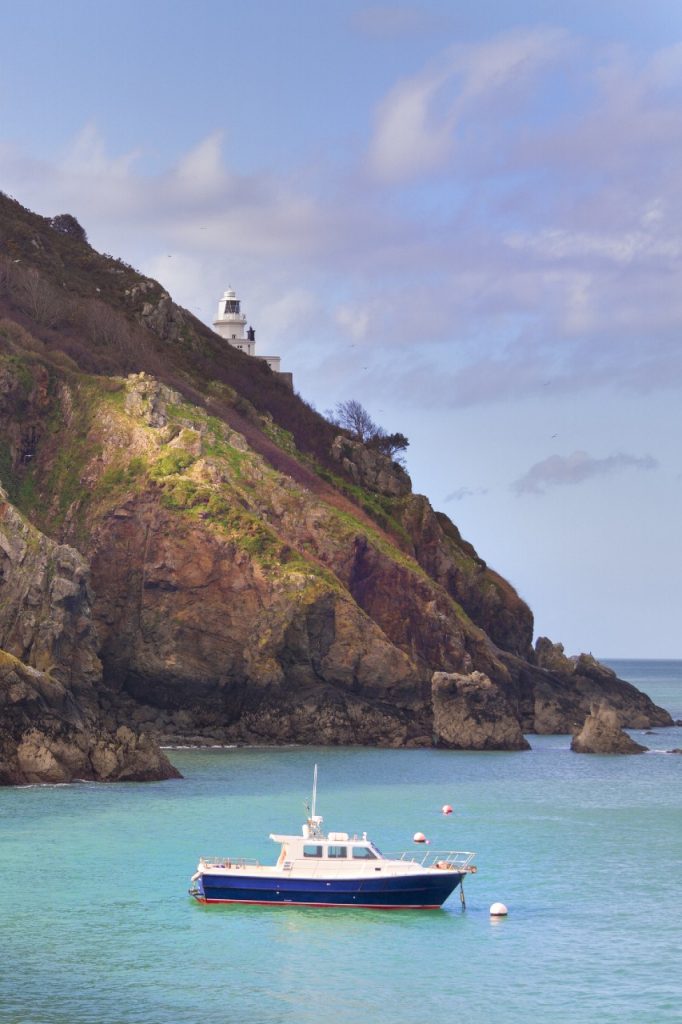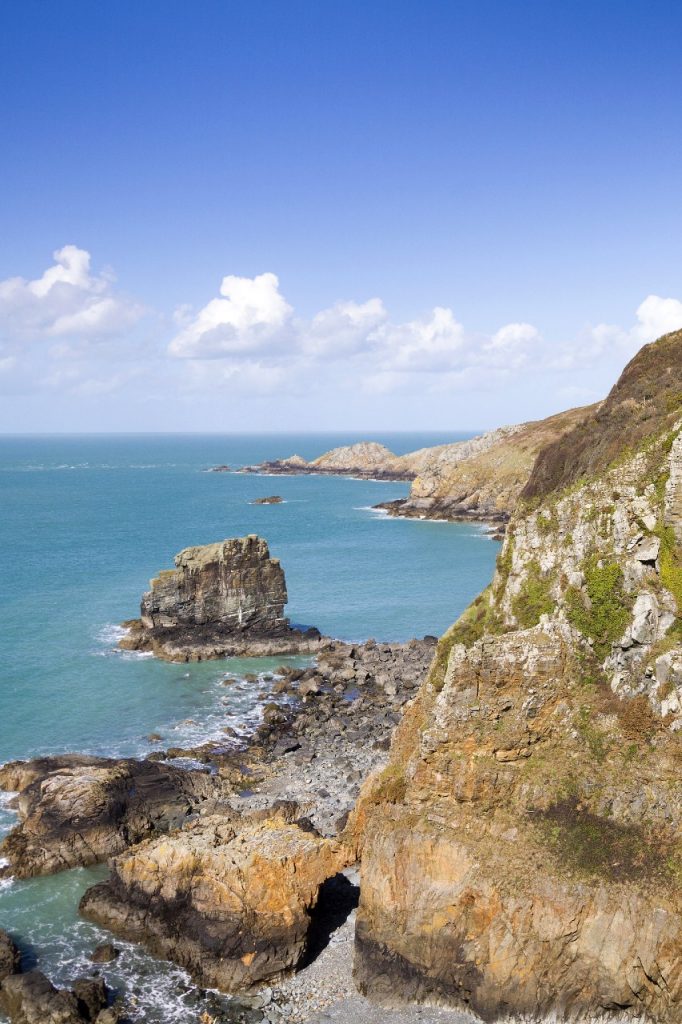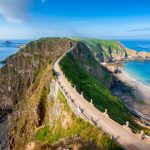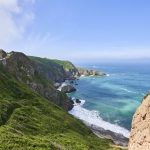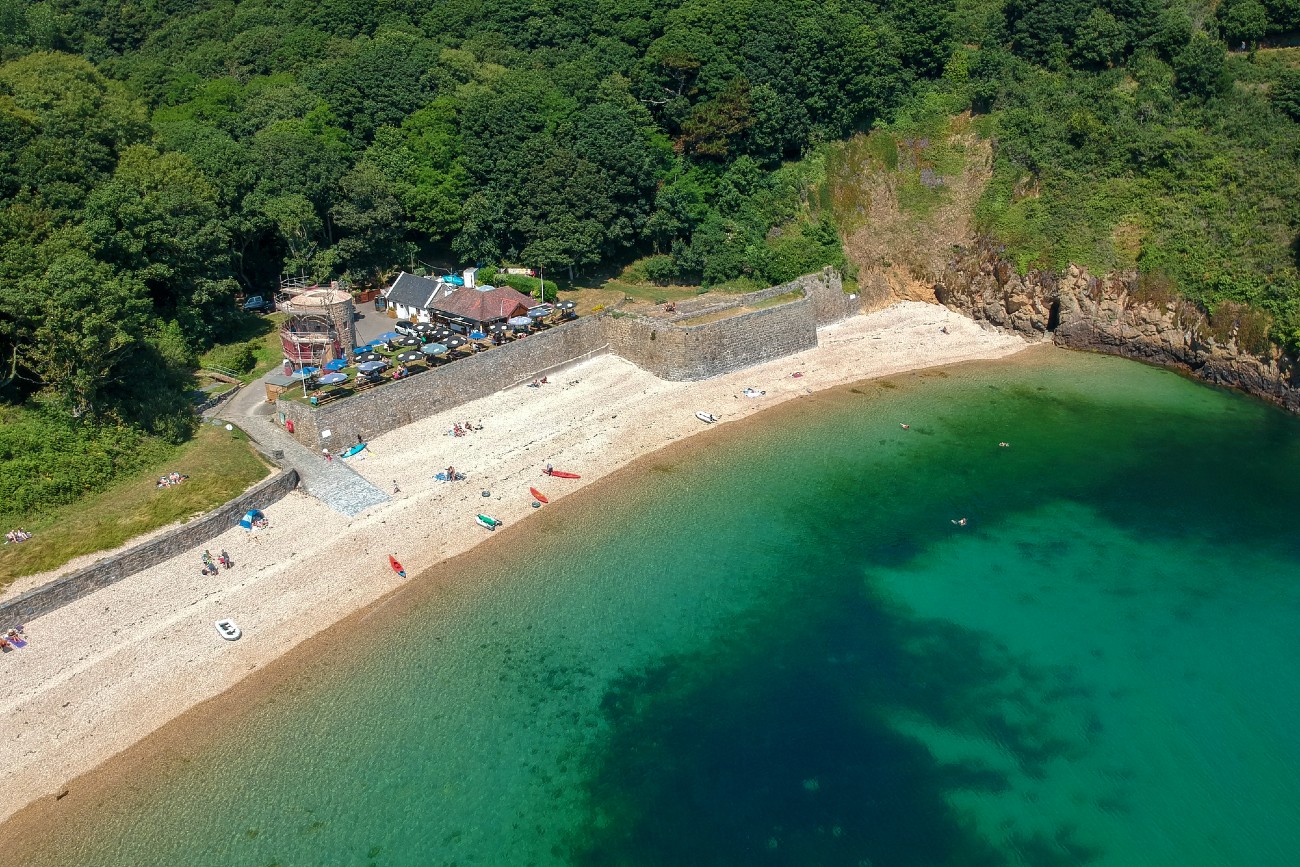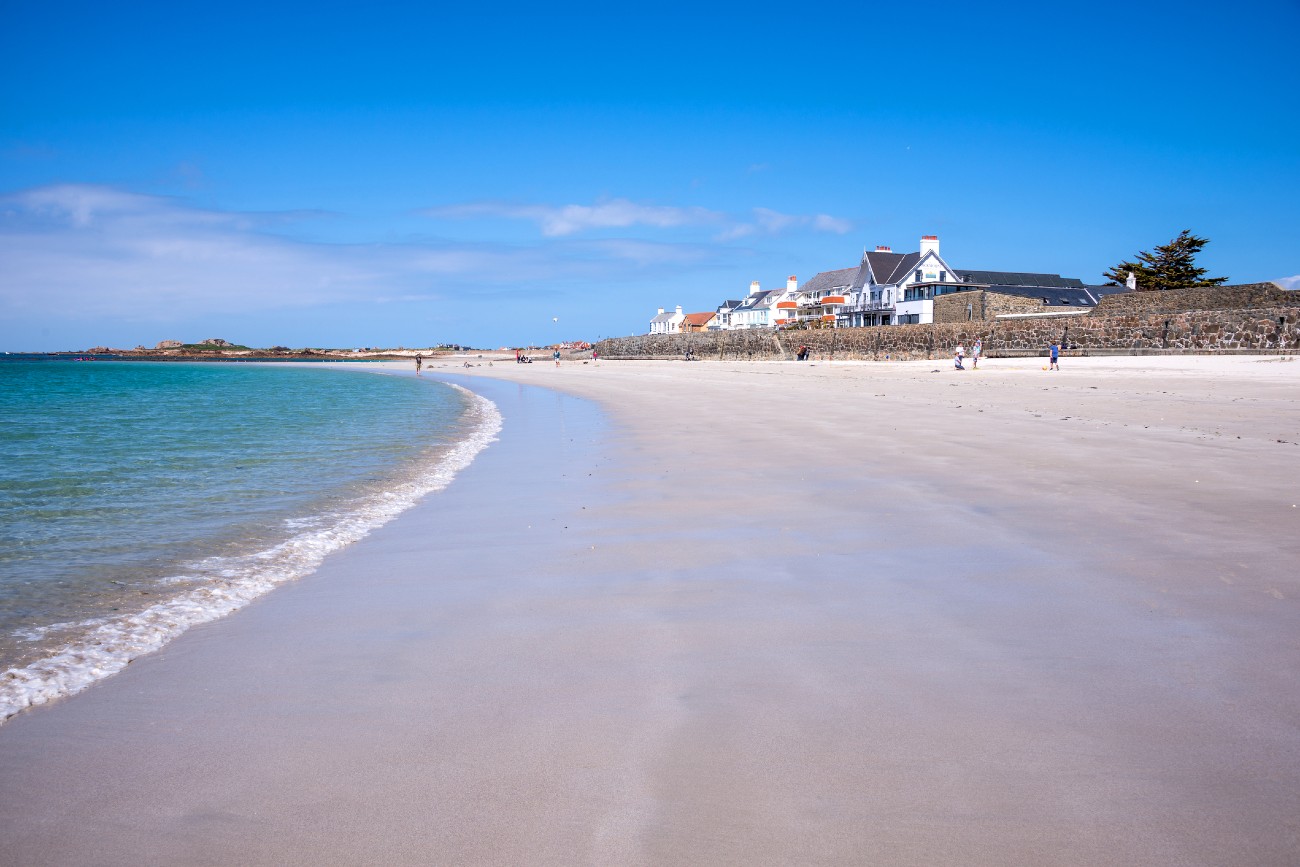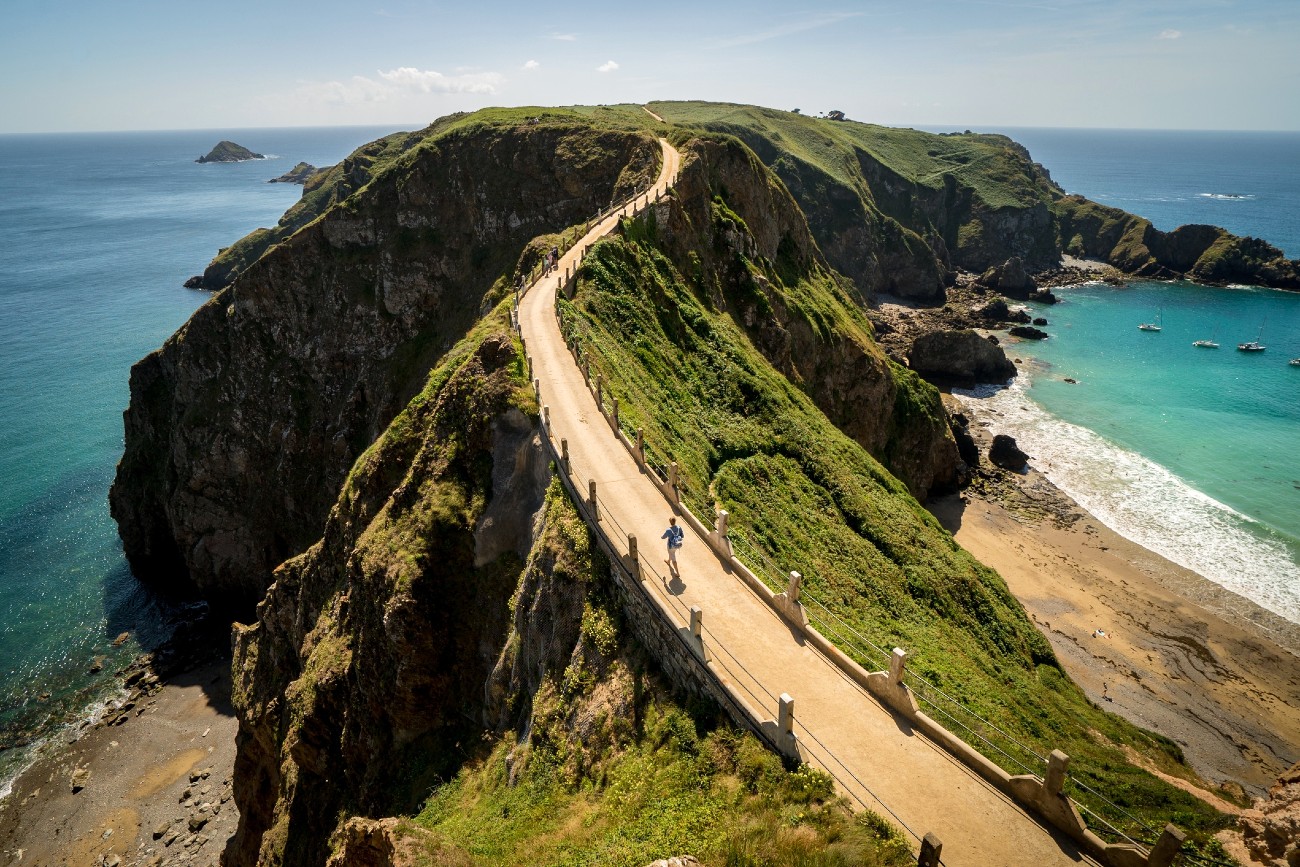
Often finding itself in the shadow of its larger Channel Island neighbours, Sark still finds a way to shine. Covering just 4.5 square miles, the island is the second smallest of the group, beating only Herm for size. It’s very much inhabited, however, and maintains a population of around 500 individuals.
One of the most notable facts about Sark is that it is one of the few places left in the world where cars are banned from the roads. Instead, the locals get around the island by foot, bicycle or horse-drawn cart. The latter is a throwback to a by-gone age and the sight of elegant carts travelling up and down the roads is like travelling back in time. Tractors are the only motorised vehicles allowed on the island, and are used for agriculture and for pulling the local emergency service vehicles.
Sark was the very first island to be declared a dark sky site, where unnatural light is kept to a minimum. As a result, the island is ideal for stargazing and offers some of the best views of the night sky in the world. Sark even has its own astronomical observatory, offering chances to learn more about some of the wonders of the universe.
Crown Jewel Of The Channel Islands
The island of Sark is actually made up of two sections, with Greater Sark in the north and Little Sark to the south. The two parts are connected by a narrow isthmus that has been described as one of the best sights in the Channel Islands and definitely is one of my favourite sights. Known as La Coupée, the stretch of land is around 100 metres long and has drops on both sides of over 300 feet, making it truly spectacular.
Protective railings were constructed in the early 1900’s to ensure the safety of people using it to travel from one part of the island to the other. Before that, as the locals are sure to tell you, children would often have to crawl across La Coupée on their hands and knees to avoid being blown over the edge by strong winds.
Along with this incredible geological feature, there is much to see on the island of Sark. The rocky shores around the coast are chequered with hidden pools that appear at low tide. Some of them go by the names of the Venus Pool and Cupid’s Bath, and they are popular areas for swimming in the warmer months.
Another of Sark’s secrets that is only revealed at low tide is the network of cave systems that are scattered around the edges of the island.
These provide important habitats for marine creates such as sea anemones and can be intriguing to explore, although it is of course wise to be careful of the tides.
The terrestrial landscape of Sark is largely made up of peaceful fields and leafy woodlands, making it great for walking. A range of footpaths criss-cross the island, leading out to some of the rugged clifftops that provide beautiful views out across the ocean. For a picture perfect scene, consider taking a stroll on the eastern side of the island to the site of Sark Henge – a small circle of standing stones that overlook the cliffs.
Unlike the original Stone Henge, these stones are not ancient, instead being erected in 2015 to mark 450 years since Queen Elizabeth granted Sark to Helier de Carteret, the Seigneur of St Ouen in Jersey.
- Coastal scene on Sark
- Coast of Sark Island
Riding The Waves
The peace and quiet of Sark makes it great for wildlife, with many species calling the island home. The Gouliot Caves and Headland were designated a Wetland of International Importance in 2007, reflecting their significance for submarine species. In spring, auks such as Puffins and Razorbills gather on the cliffs to breed, and butterflies emerge to make the most of the island’s wildflowers. 160 flowering plants can be found on Sark throughout the seasons.
One of the best animals to see, however, is arguably the Bottlenose Dolphin. Known for their playful behaviour, Bottlenose Dolphins are common in the waters around Sark, often being seen on the eastern side of the island in particular.
Pods have even been known to escort the ferries that come in and out of the island from the other Channel Islands, to the delight of tourists. The dolphins are usually seen in groups of around 10 – 15 individuals and are very social animals, with complex communication methods and group behaviours.
It is the largest dolphin species to be found in the waters around the Channel Islands, reaching around 4 metres at adulthood. Their size is the best way to distinguish them for the other cetaceans that might be found around Sark – the Common Dolphin and the Harbour Porpoise.
Sark is therefore a wonderful member of the Channel Islands and provides the sort of escapism that many can only dream of. With its stunning scenery and lack of human interference in the landscape, the island is a haven for wildlife and an ideal destination for those seeking some tranquillity.
Although a small island, Sark has a lot to offer. Find out more in the following article: Adventures On The Island Of Sark


